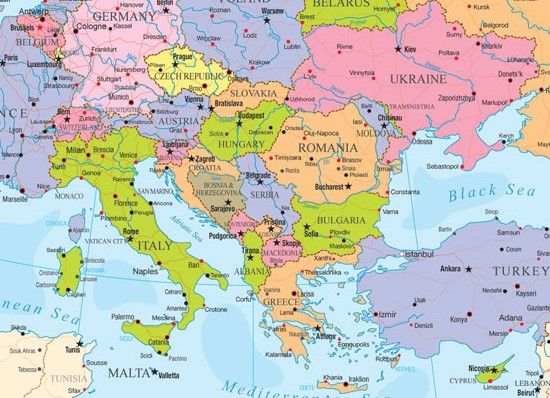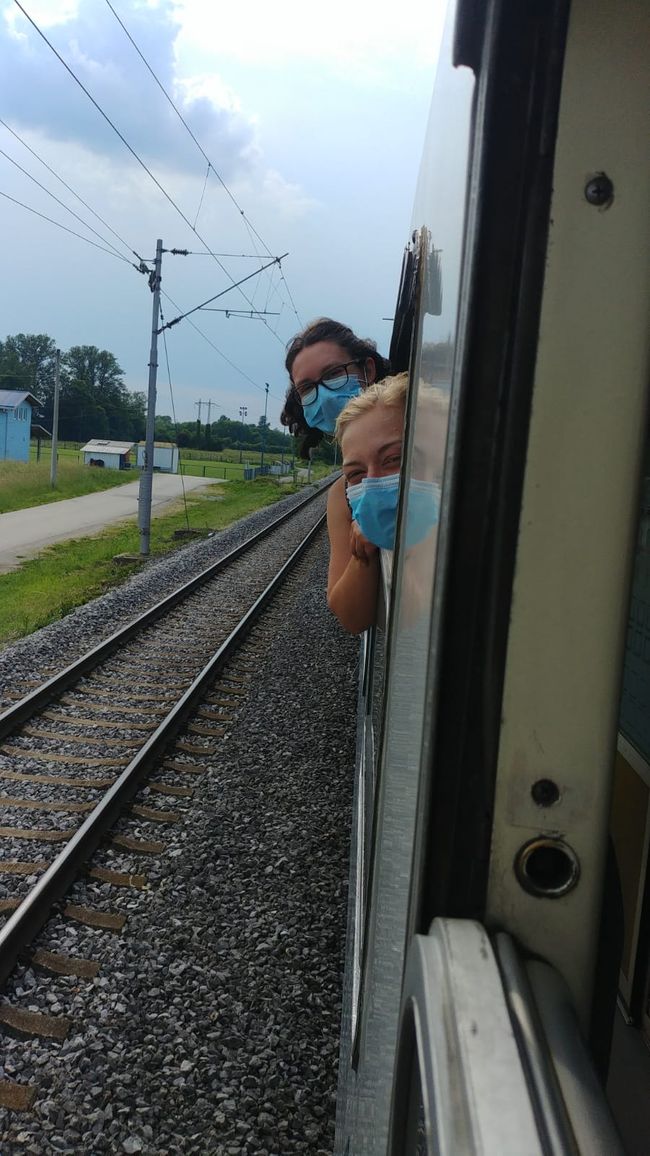Athens - the Birth of Democracy (Stop 19)
E phatlaladitšwe: 22.07.2021
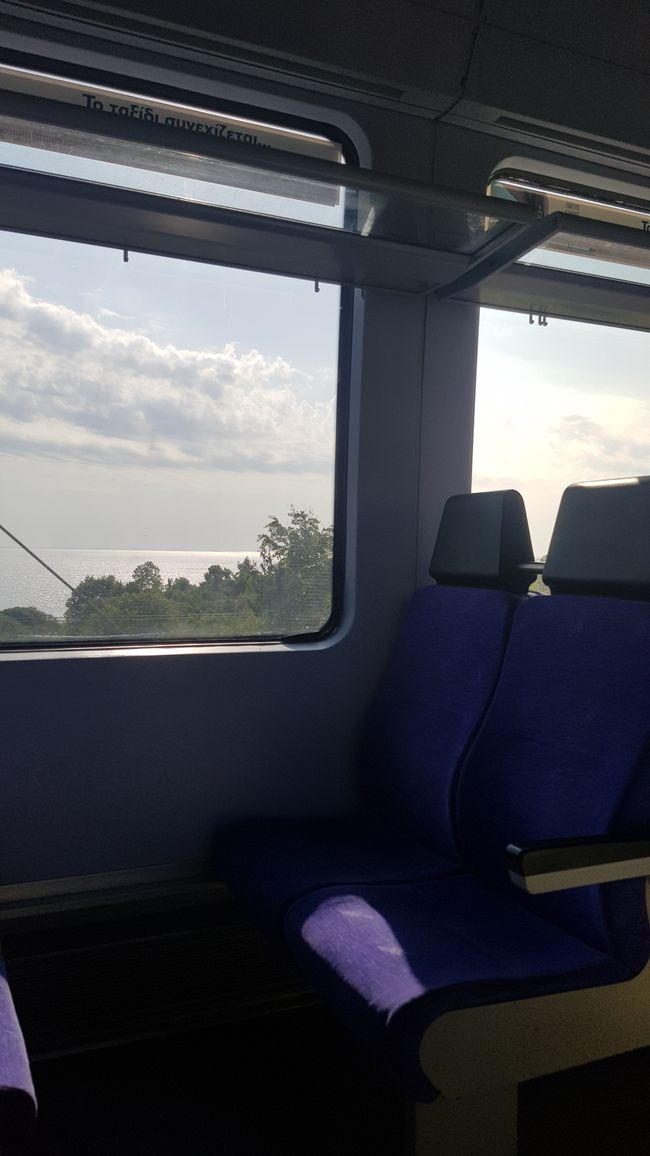
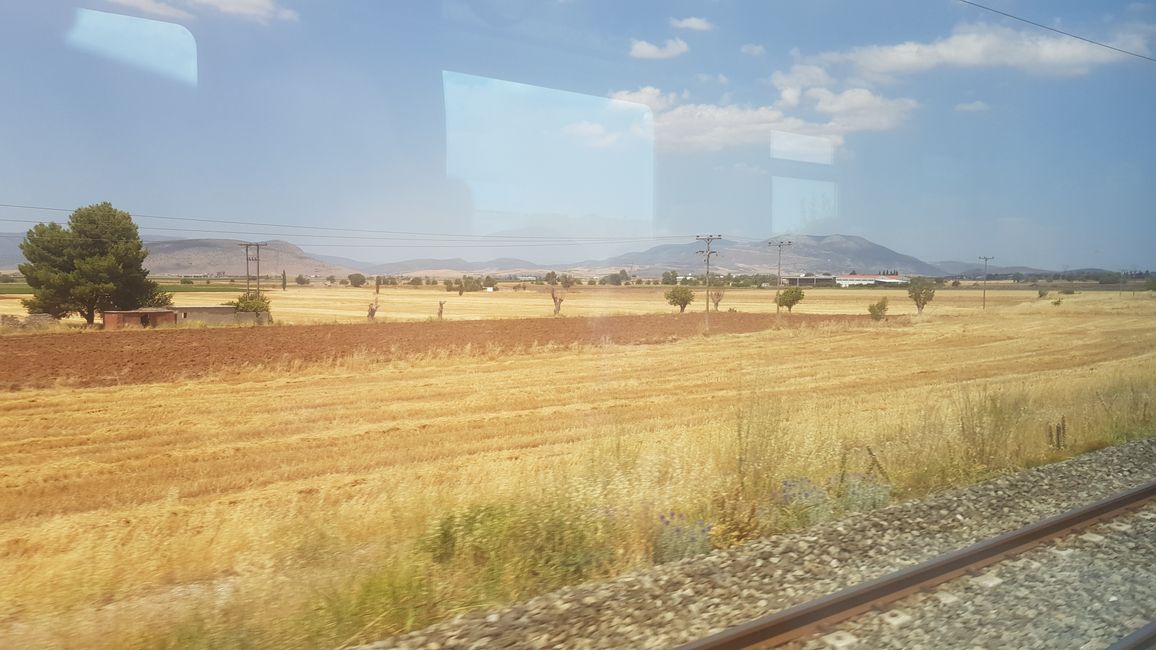
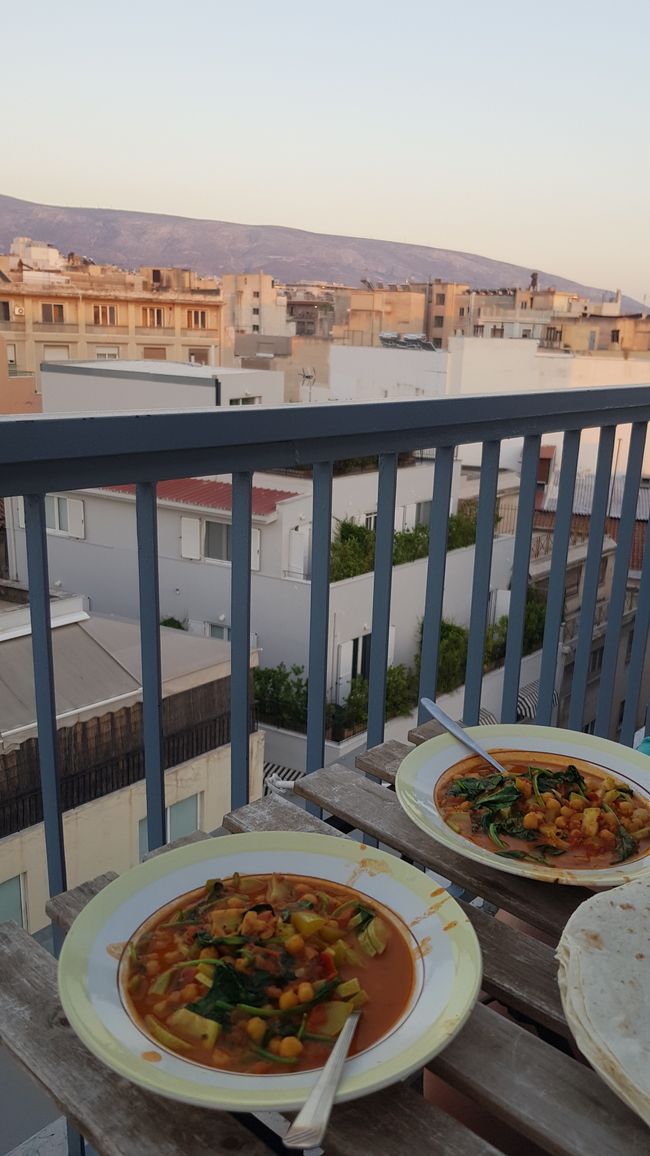
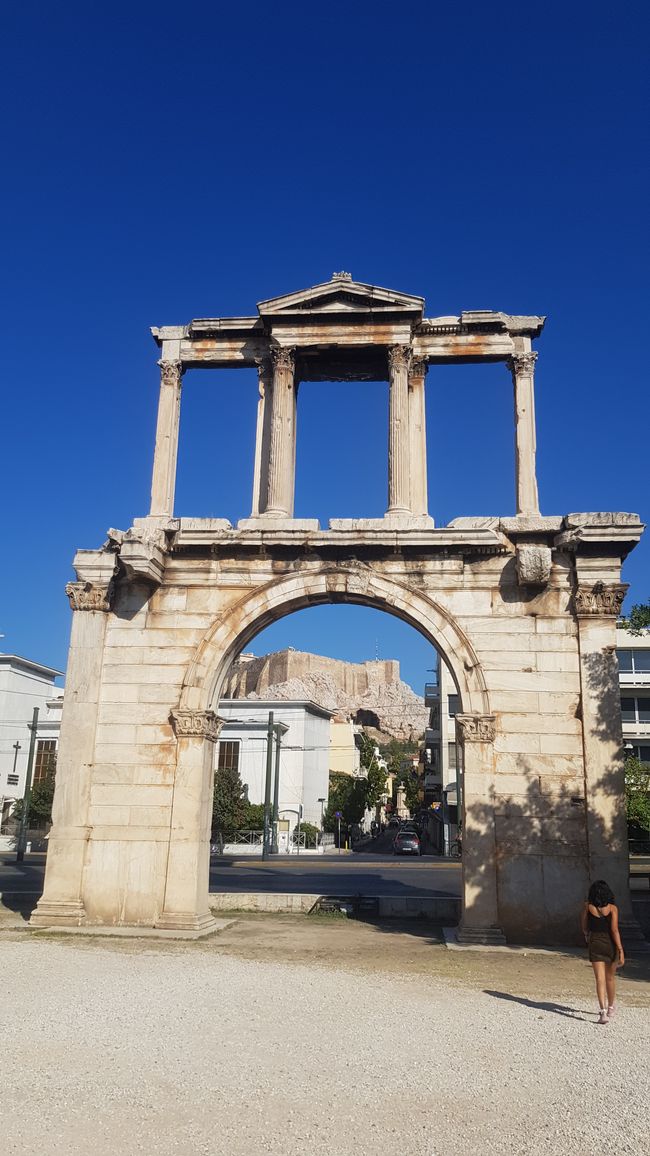
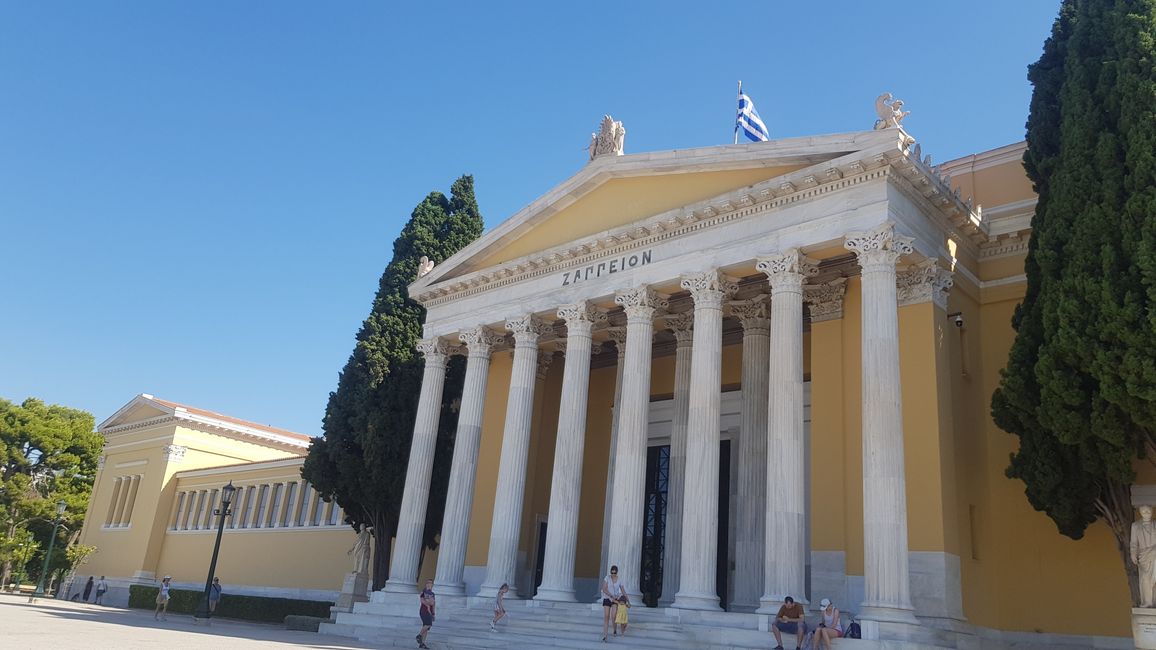
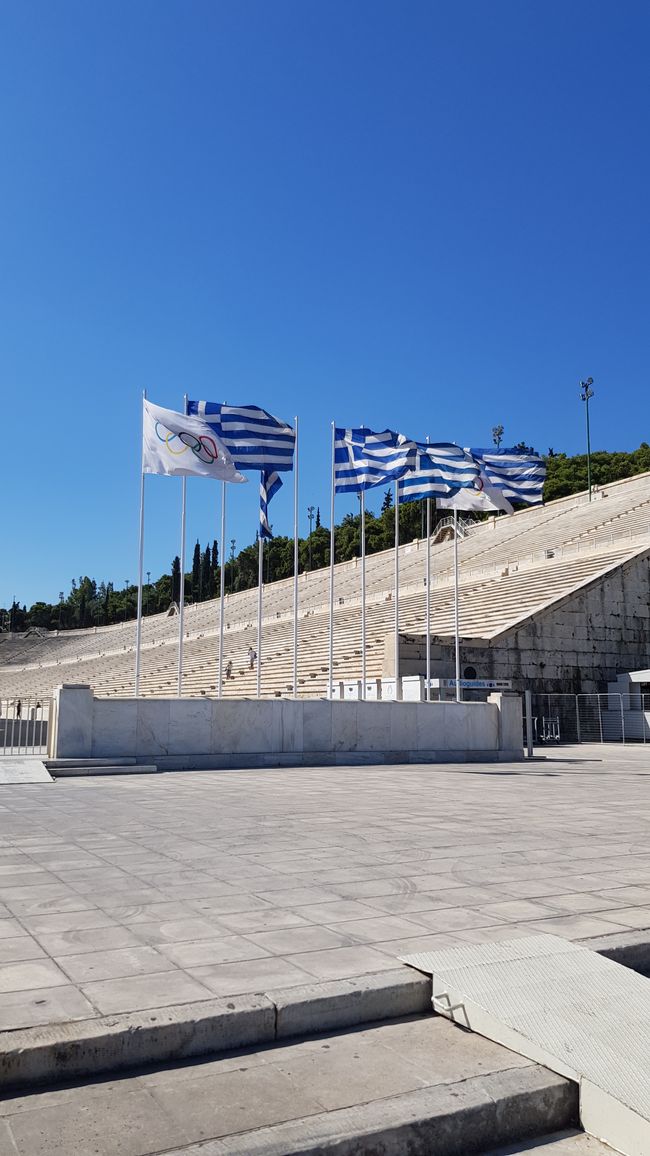
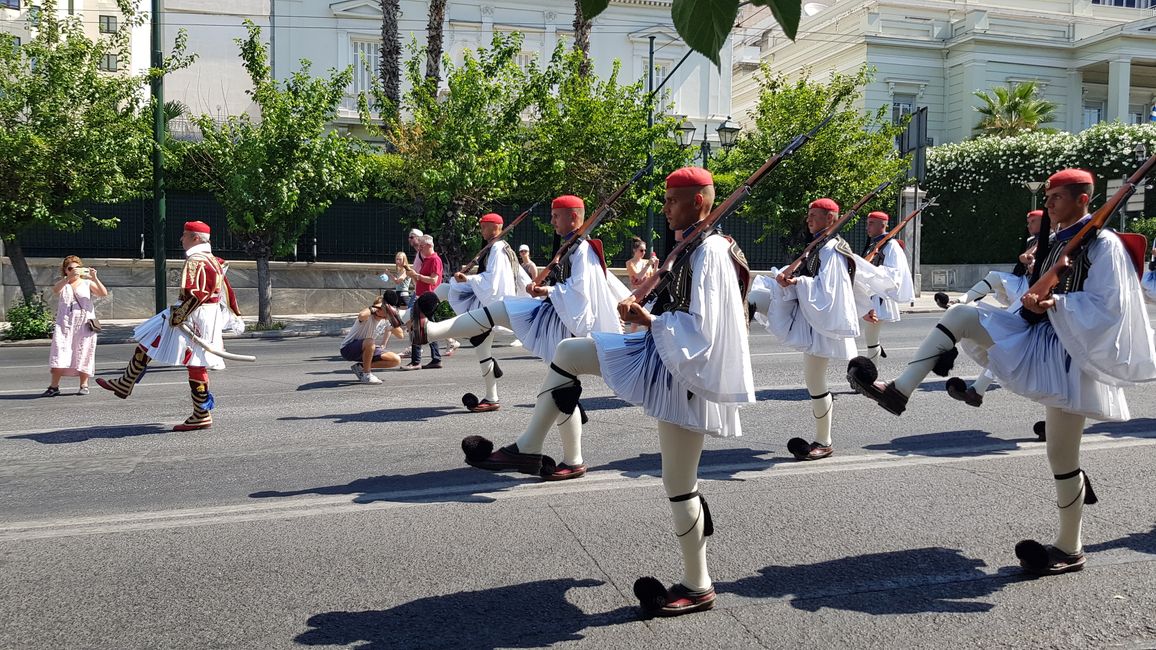
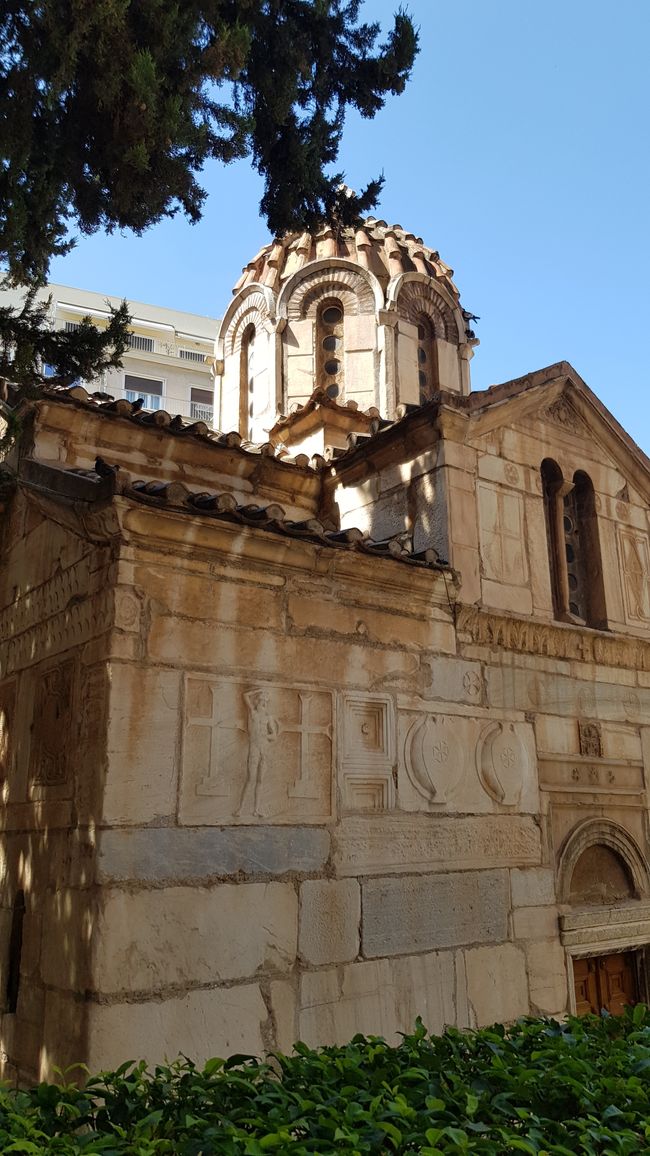
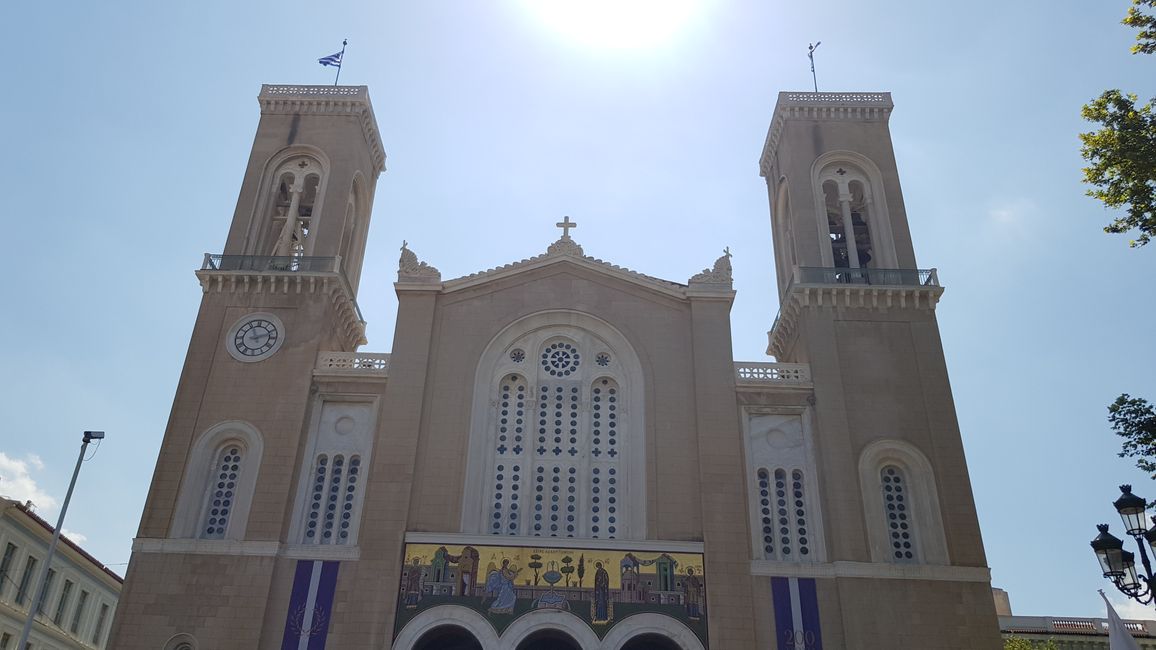
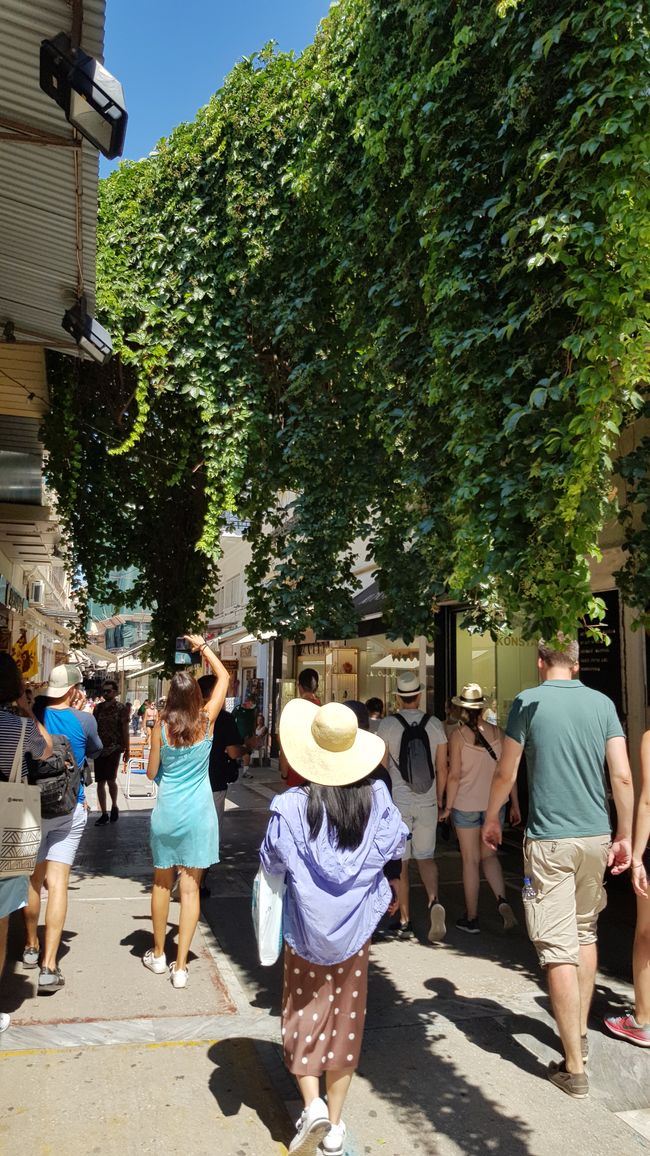
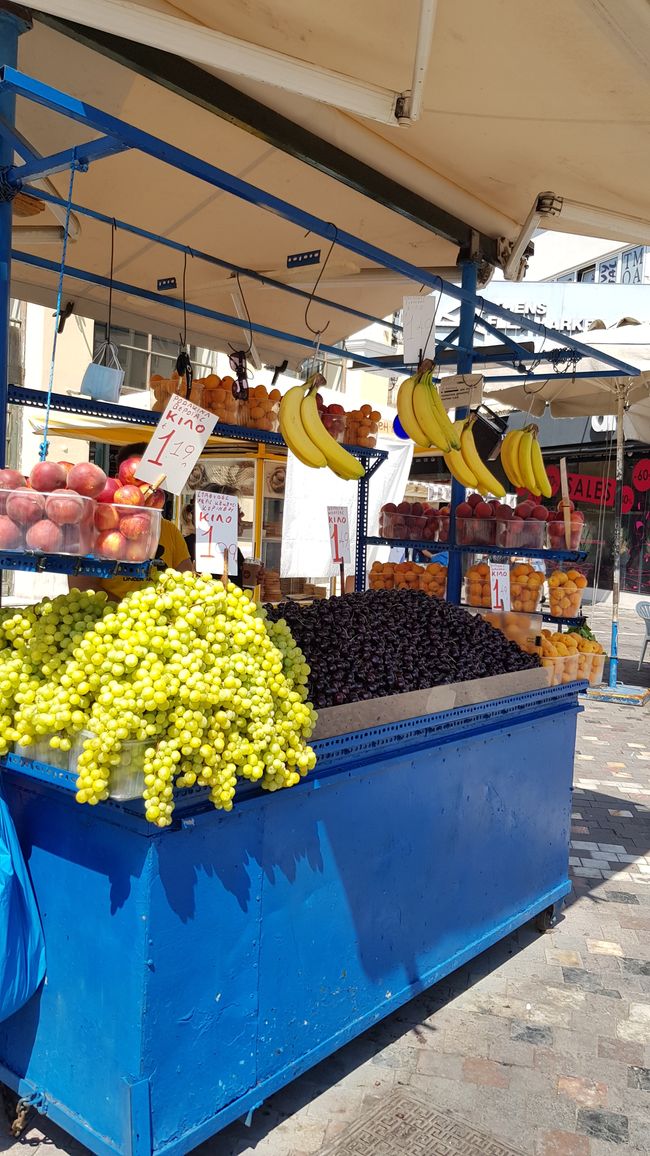
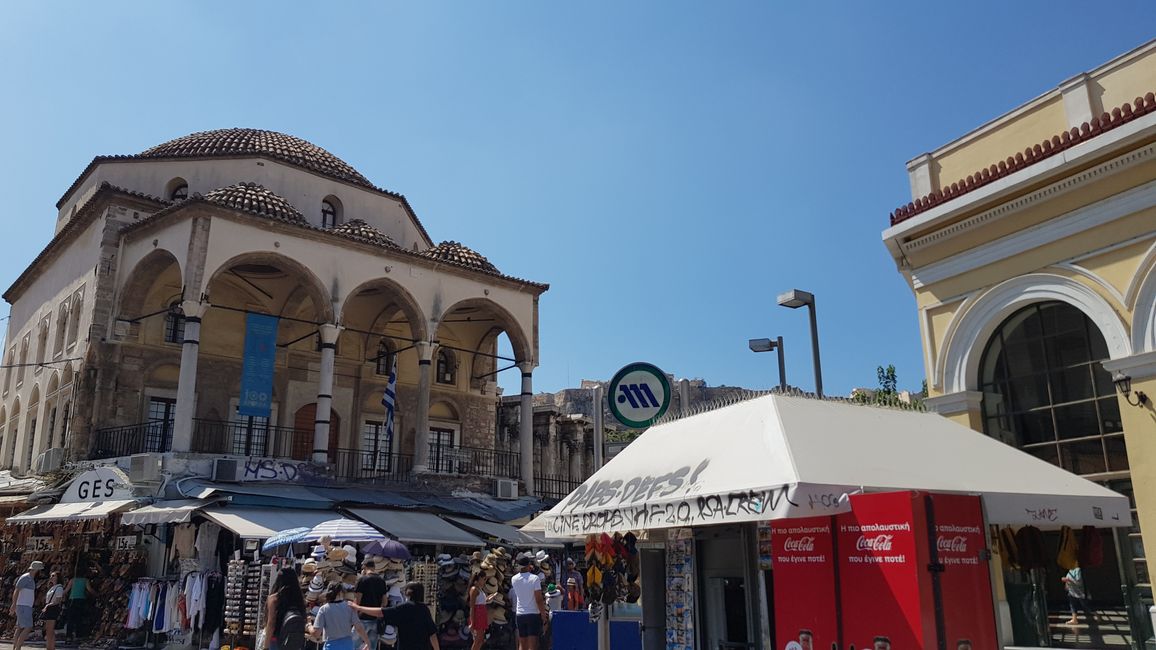
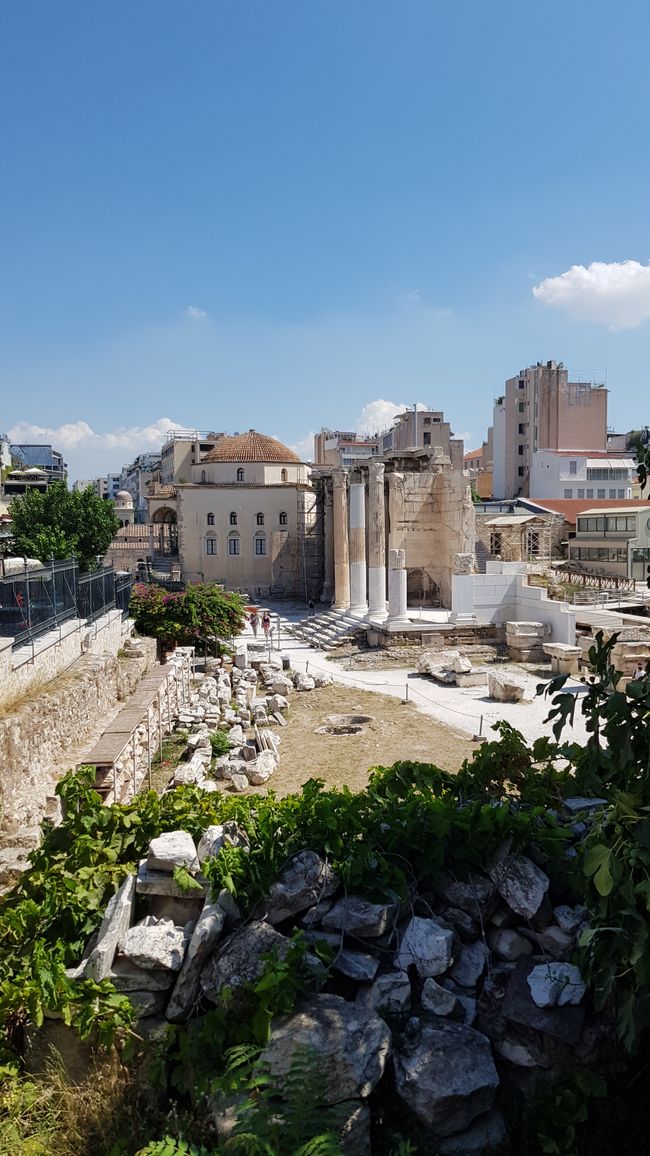
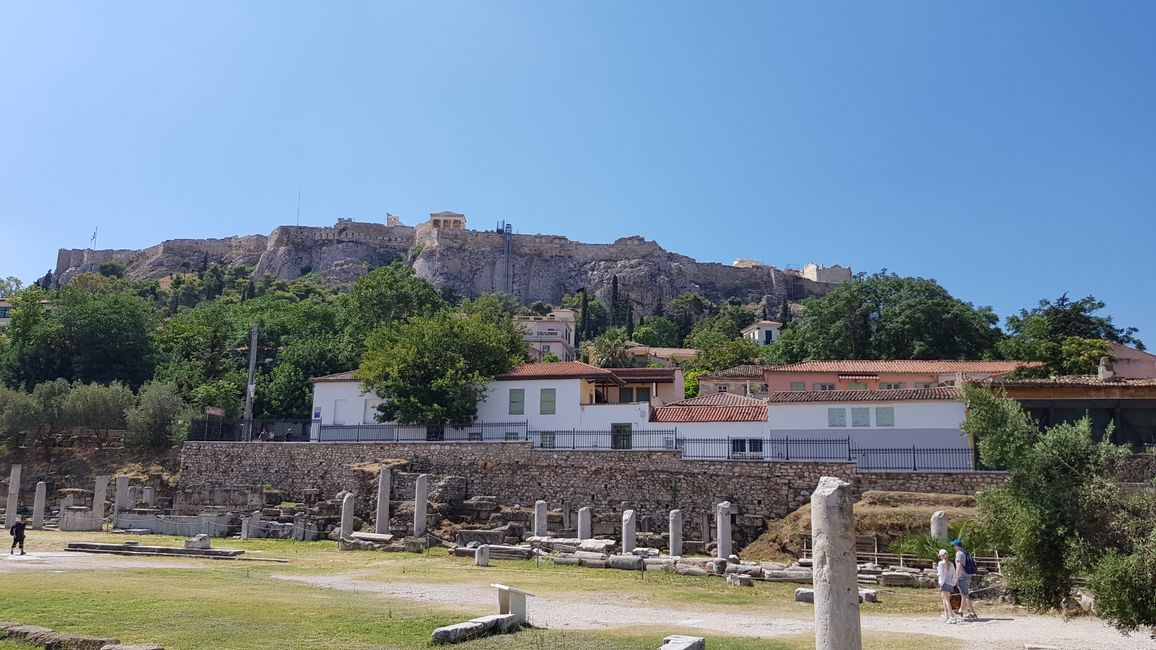
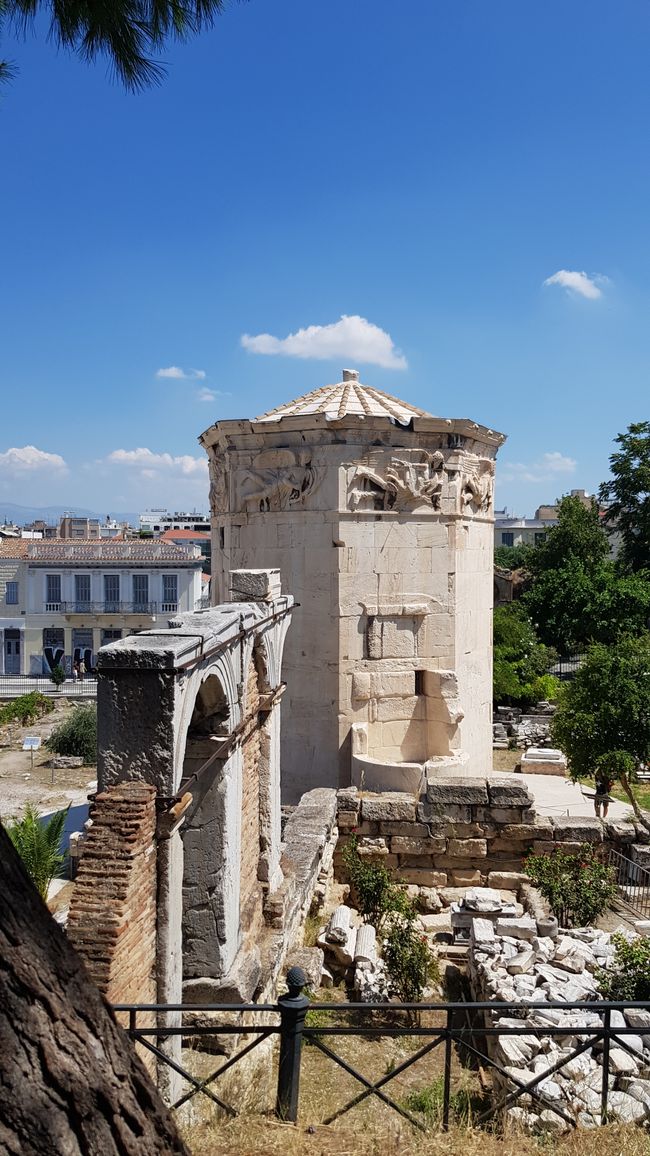
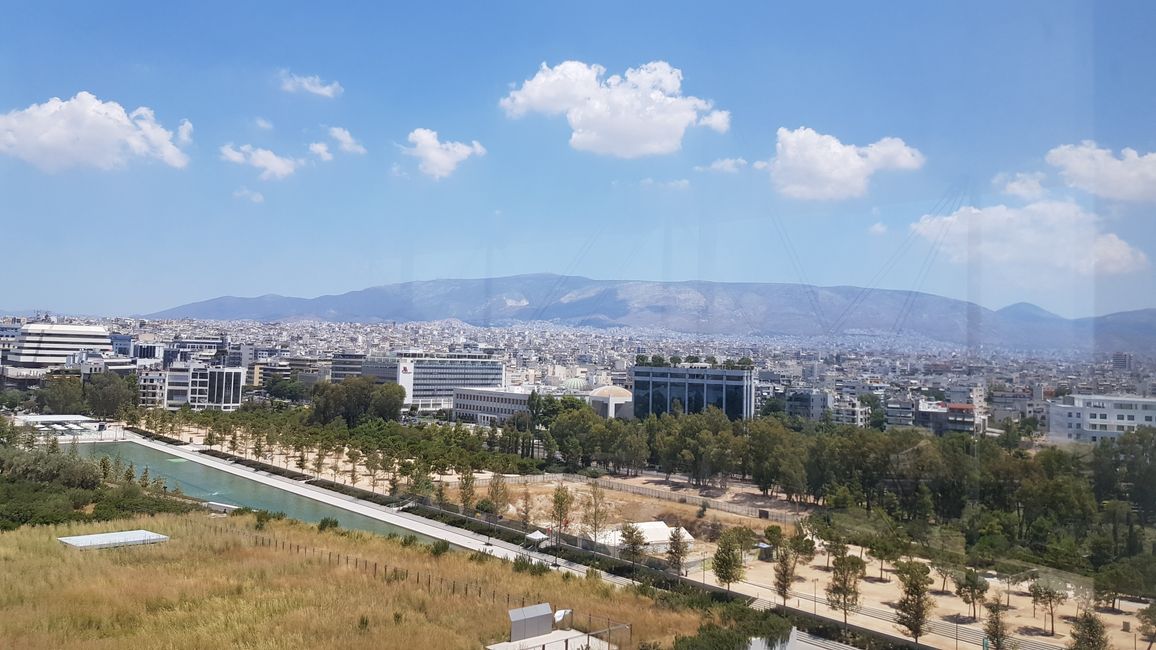
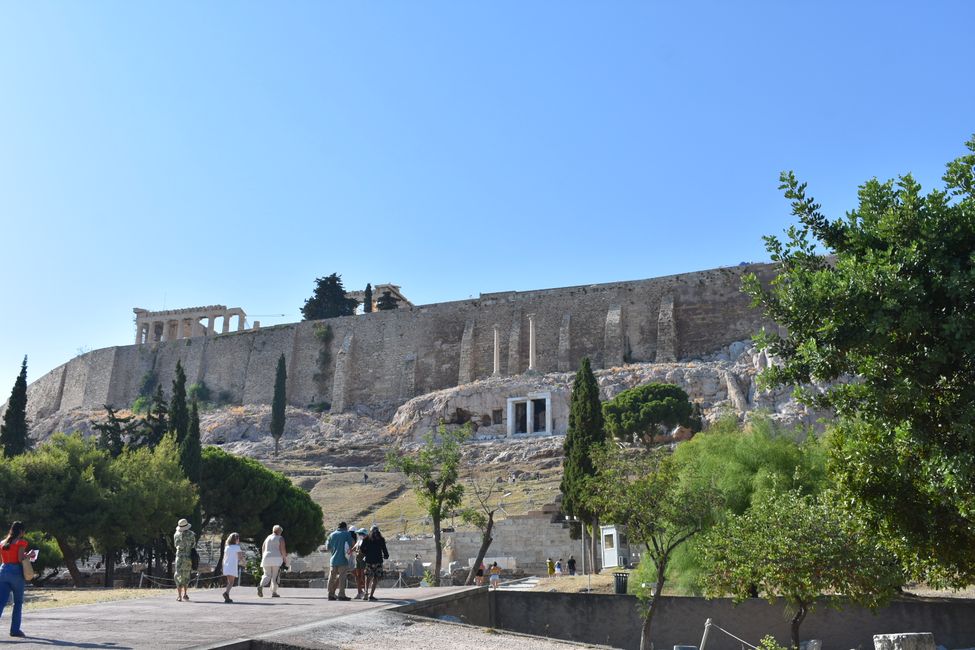
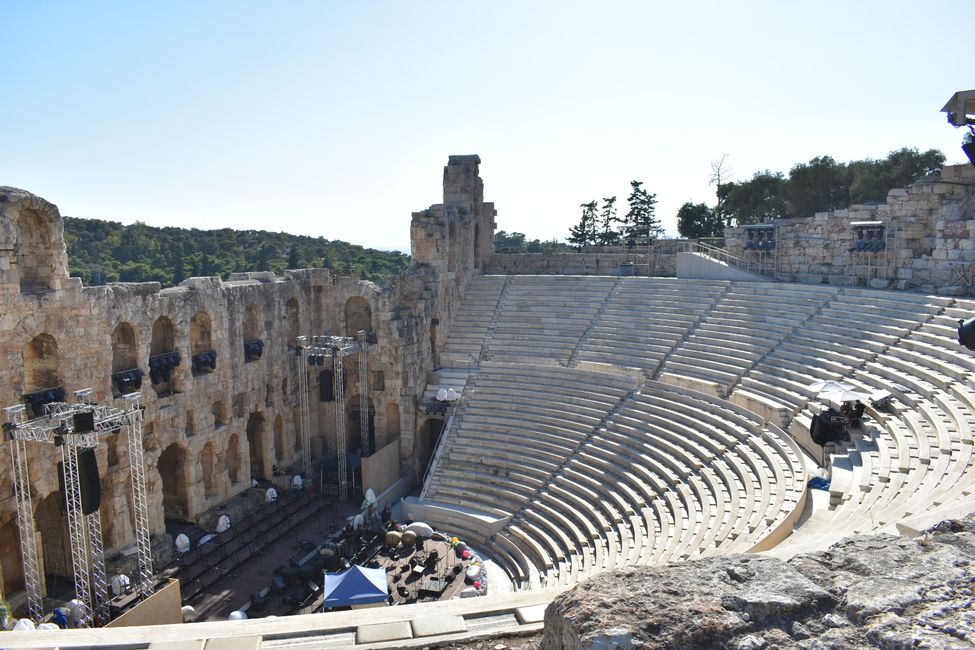
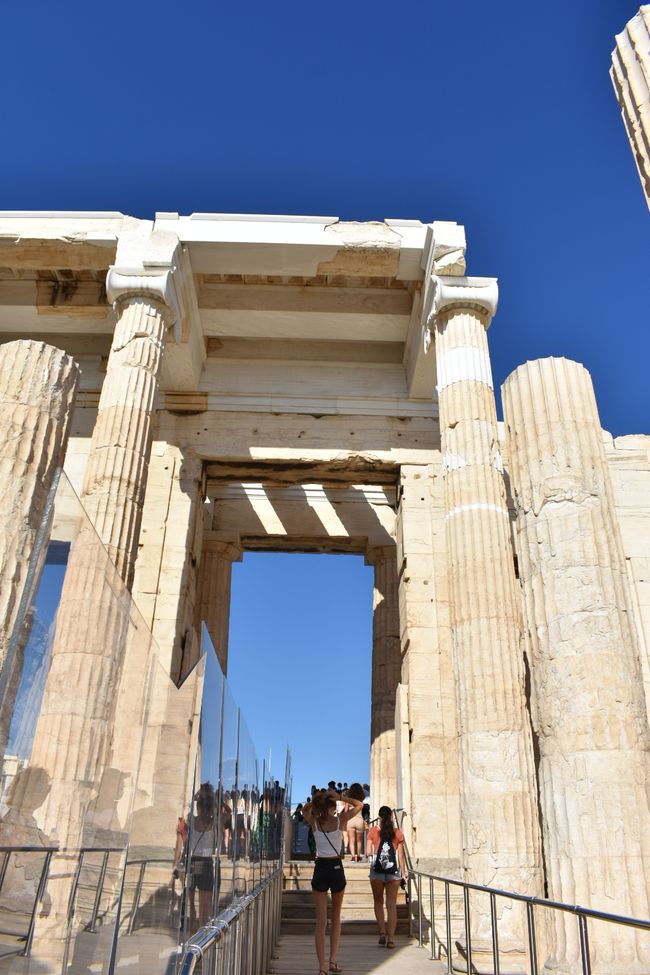
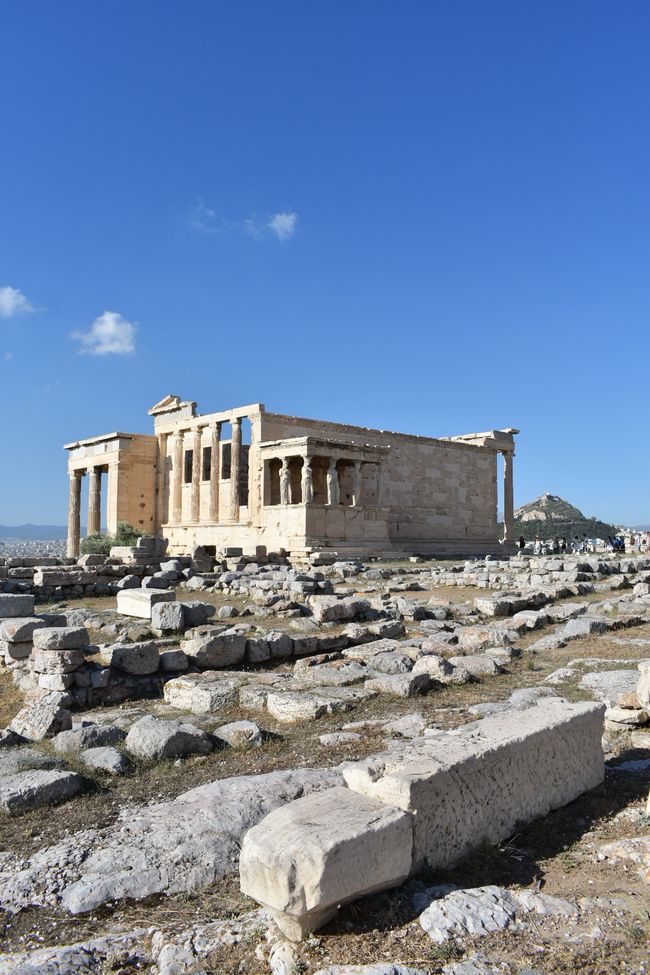
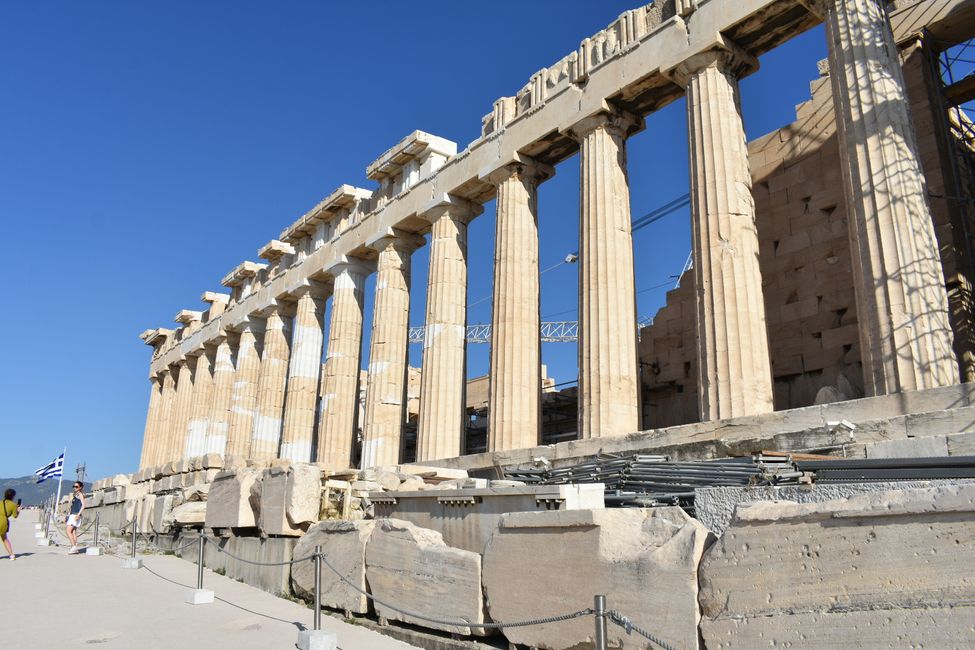
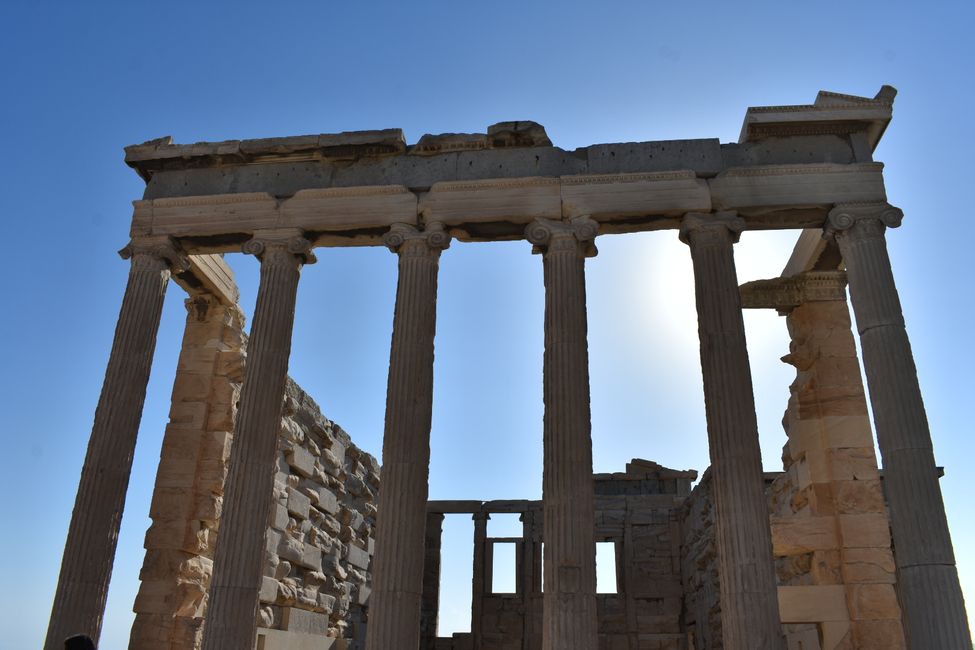
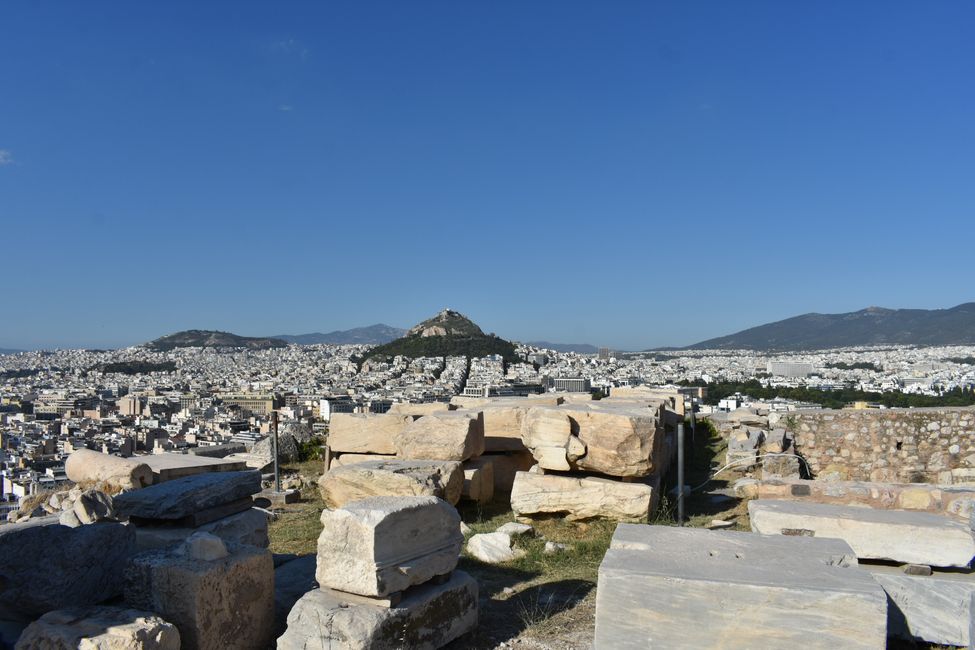
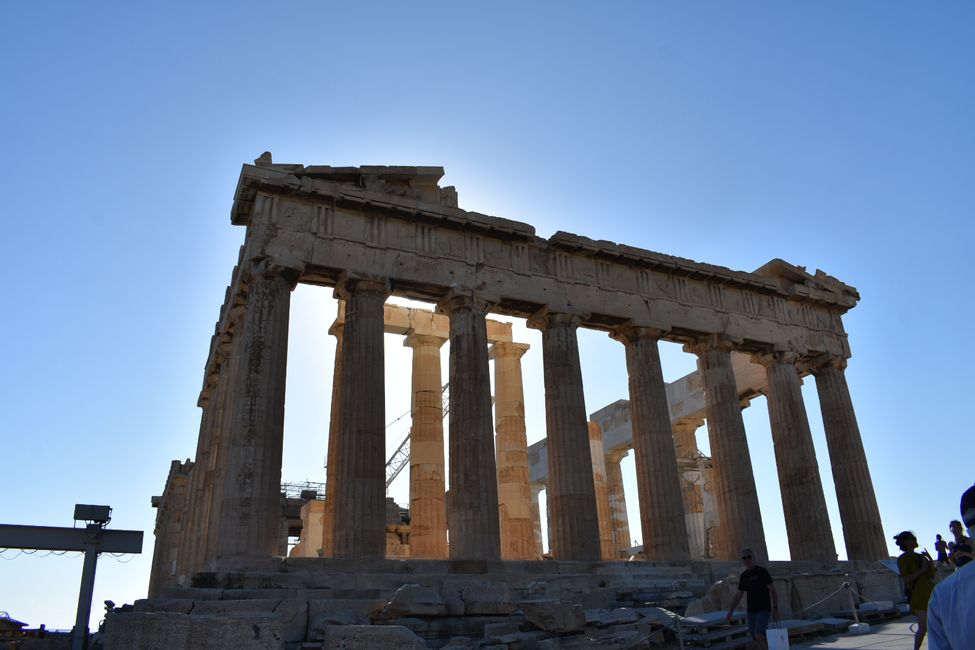
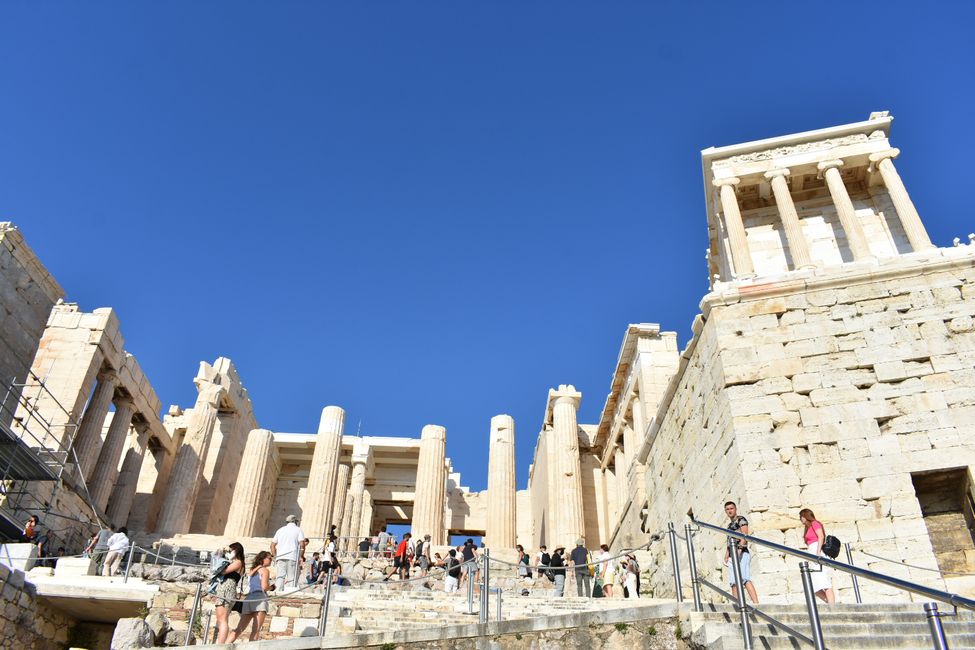
Ingwadiše go Lengwalo la Ditaba
We take a train from Litochoro to Larissa at 9:17 am, where we want to catch the train to Athens. We have about 40 minutes to change trains - actually perfect because we still need to reserve seats. It turns out that we actually have more time than expected: the train is full. Sold out. With the knowledge today, we can already spoil it: this will happen to us more often...
The next train to Athens doesn't leave until 3 hours later. Well then. Waiting is also part of traveling. Besides, enough time to enjoy a chai latte or a cappuccino with vanilla soy milk and write the blog post about Mount Olympus. So the 3 hours pass quite quickly. On the journey, we notice the very barren landscapes, which sometimes get a green spot from cultivated fields. We also pass mountains again and again, especially after we get a little further away from the sea. Then after 3 hours of travel, we arrive in Athens. It was the first Greek train of our trip with a delay. At least the subway doesn't seem so difficult. We buy a single ticket for €1.20 (valid for 90 minutes) and get on the line towards the hostel. We get off two stops after the Acropolis and go to the Bedways Hostel. Outside the door we notice: our hostel is called Bedbox. Oops. 4 stops too far. Good thing the ticket is still valid, and we can get off two stops after the Acropolis (this time only the other direction) to go to the right hostel. The hostel looks very modern, it also has a balcony and a rooftop terrace from which you can see the Acropolis and the Filopapo. Since we arrived much later than expected, we first have to figure out where to go the day after tomorrow. On the way to the tourist information office, we coincidentally pass Hadrian's Square, through the beautiful narrow market streets and the Plaka district, which is full of bars and tavernas. Wow, what a beautiful first impression! At the tourist information office, they don't really want to help us. With our Interrail ticket, we get discounts at Blueferries. Therefore, we write an email to them, maybe they will tell us where we could go. Veronika has thought again to book a free walking tour for the next day. This time it starts at 9:15 am and we are already quite tired. So we go to the supermarket to get everything for a delicious chickpea vegetable curry, cook and indulge on the rooftop terrace of the hostel. After raving about Mount Olympus with home, we fall into bed.
The next morning it quickly becomes clear why the tour starts so early: it is definitely already hot enough. We are once again too late to conform to the stereotypes of Germans (haha not) and therefore we have a fast pace. We are not alone in doing so. There are so many people that the group is even divided into two. The tour starts at the Hadrian's Gate. It was built in honor of Hadrian and inaugurated for his visit in 132 AD. It consists of a Roman pedestal building and Greek architecture with Greek writing. The gate marked the entrance to the city at that time, in front of it you can see the ruins of the Temple of Zeus. This temple was started in the 6th century BC, but Hadrian only completed the construction in the 2nd century AD and distinguished himself with its size and grandeur. Today you can only see 16 columns, one of which has also collapsed. The material of the other columns was used for other buildings or even stolen. We continue to statues of two important personalities: Alexander the Great and Lord Byron. After Alexander the Great, the golden age of the Greeks came: the Hellenistic era. Lord Byron is more unknown, but as a British poet he fell in love with Greece and played an important role in the struggle for freedom against the Ottoman occupation. We get another brief overview of the country's history. In ancient Greece, the country consisted of individual independent polis. After the occupation by Alexander the Great, there was a period in the Byzantine Empire, then Turkish occupation, after the liberation many years of monarchy, then several years of dictatorship until they were able to free themselves from it in 1974. Greece itself has only been an internationally recognized independent state since 1830. Our guide says: they first needed something that would make Greece internationally known, and positively. The idea: let the Olympic Games revive! In ancient times, naked athletes, who were rubbed with olive oil, competed. Only Greeks were allowed to participate. With the conquest of Alexander the Great, Christianity also came to the country, and the games were banned. Evangelos Zappas advocated for this particularly and had the Zappeion built, which was originally used as a sports and congress hall, but has now fulfilled many different functions in the spirit of the Olympic Games. Not far from there, we can take a look at the Panathenaic Stadium. It has seating for up to 60,000 spectators and is a semicircular stadium whose architecture is based on the ancient stadium found there through excavations. It looks huge, but it is hard to imagine 60,000 spectators...
We continue past the house of the President of the Republic and see the guards standing there in traditional uniforms and sweating. Everything about the uniform apparently has a deeper meaning. We find it particularly strange that the skirt must have exactly 40 folds, and they have to wear two pairs of tights on top of each other. But it is apparently an honor to be able to perform this service. In Greece, there is conscription, but the guide emphasizes that very few have the chance to be in this guard. A little further on, we pass by a parade of the guard, which apparently is taking place for the first time since the beginning of the pandemic. The soldiers have to raise one foot extra far up to make a loud enough sound. It seems strange to us. The parade, with its own brass band, is on its way to the Parliament building, where the changing of the guard takes place in slow motion. Large crowds of tourists and onlookers have gathered there and enthusiastically film and photograph, we take advantage of the roadblock for ourselves and continue across Syntagma Square. On the opposite side is the city's shopping district, with everything your heart desires. We stroll through the alleyways to Monastiraki Square, where you can see buildings from different periods: the Acropolis from ancient Greece, the Hadrian's Library from ancient Roman occupation, the Church of the Assumption of Mary from Byzantine times, a mosque from Ottoman times (and baklava and lokrum) and the newer metro station. We pass by Hadrian's Library, continue through beautiful small streets towards the Agora, where the markets took place in ancient times. Once around the outside, and you come to the Weather Tower, where weather forecasts were made through statistics and measurements even in ancient times. We cannot visit the cathedral as the police are blocking the entrance. From the outside, it is definitely already large. Next to it stands the small, inconspicuous Gorgoepikoos church, which is still rarely used for services and was built in the Byzantine period. At the end of the free tour, we receive important tips for eating and drinking. Also a little Greek lesson.
At the end of the tour, it is about noon, too hot to visit the Acropolis now. There is a free shuttle bus from Syntagma Square to the SNFCC (Stavros Niarchos Foundation Cultural Center). There is a slightly larger park area around it and also a water installation with fountains. It is also close to the sea, from where you can look down on it. You also have an impressive view of the city - wow, it is really big (5 million inhabitants)! We stroll around the facility for a while and then take the opportunity to call Blueferries. There are still 2 free seats on the ferry to Naxos. Let's take them! Unfortunately, the connection suddenly breaks and the booking was not completed. But since we need our Interrail passes anyway, we will call again later (they wanted to reserve seats for us). After waiting for the shuttle again for a little longer, we go straight to the hostel to complete our booking by phone. Well, our seats were not reserved after all, the ferry is now fully booked. We ask about the island of Syros, which we have read is supposed to be a hidden gem. And indeed, there are still free places here - phew, then the first island is decided! However, finding accommodation there is rather difficult. We already notice that it won't be as spontaneous as we thought here on the islands. But after booking something, we finally set off for the Acropolis. In Greece, almost all museums and exhibitions are free for EU citizens under 25 - including the Acropolis, which would otherwise have cost €20. We have to queue for a while, but it is not comparable to 'normal' waiting times at this entrance, as we have been told. We take the south entrance next to the Acropolis Museum, which we unfortunately did not have time to visit, but was also highly recommended. It houses statues and other finds from the Acropolis. Acropolis generally refers to city fortresses of ancient Greece, with Athens Acropolis being the most famous. On the flat, 165m high rock are the Propylaea, the Erechtheion, the Nike temple and the Parthenon. They were built between 467 and 406 BC. Theodor Heuss named the Acropolis as one of the hills on which Europe is founded. The Greek state awarded the Acropolis the European Heritage label for the same reason and since 1987 it has been part of the UNESCO World Heritage Site. It is certainly an impressive area! We try to educate ourselves even more and use the free app 'Rick Steves Audio Europe' for help. However, it is too hot for us to concentrate and extract the information. So we just let the buildings and the historical significance of the place have an effect on us. We spent less time on the Acropolis than we thought, so there is still time to go shopping at the flea market. Here you can find everything your heart desires. But then we really earned dinner. We find a nice tavern in the old town. There we not only enjoy excellent Kalamata olives, but also a large portion of gemista (tomatoes and peppers filled with rice and grilled). Very delicious!
This is how a successful stay in the capital of Greece ends. Athens is definitely a must-see in Greece for us. We could have easily spent another 1-2 days in this beautiful city.
The next morning we continue early: we take a ferry to the Cycladic island of Syros. We are excited and looking forward to it!
Ingwadiše go Lengwalo la Ditaba
Karabo (1)
MrRubinello
War die Fähre im Interrail Ticket enthalten?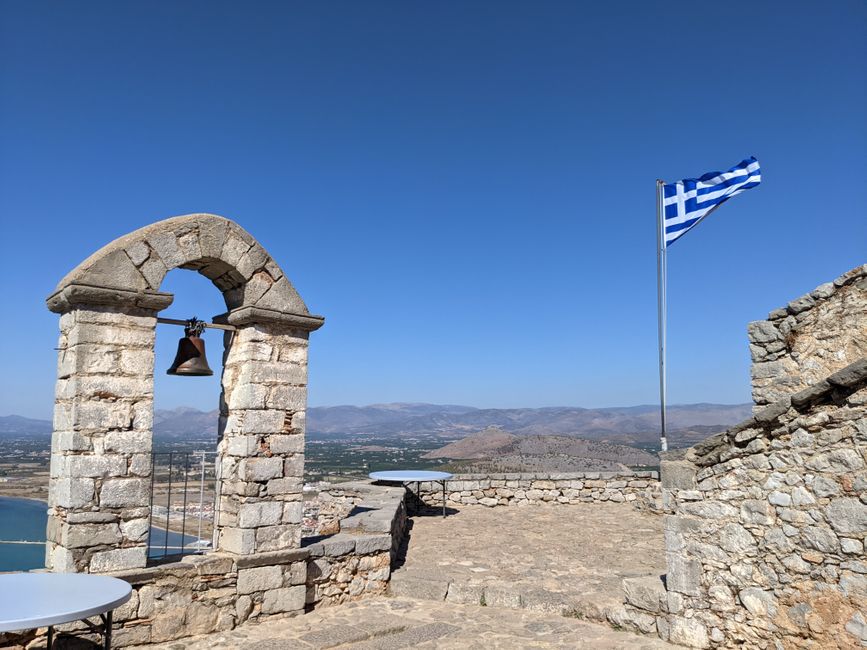
Dipego tša maeto Gerika
